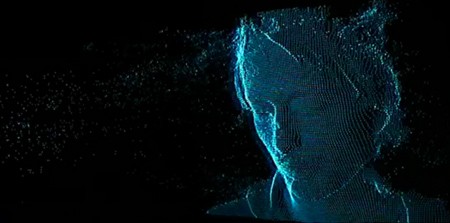[youtube=http://www.youtube.com/watch?v=eUO3vn-ivqo]
Have you ever felt like you needed a portable barcode scanner around the house? No? Well, [Mkanoap] did, so he made one. He has hooked his CueCat up to his Arduino to capture barcode data and store it on an SD card. He is using it as an inventory tool for his personal library. Where before he had to carry a laptop around to do his scanning, or lug the books to his desk, he now just scans wherever he pleases.
You may notice some silly sounds dubbed over the video. Take note, these are the actual sounds it plays. The camera didn’t pick them up well enough, so he dubbed them in. You wouldn’t want to miss out on the entire experience would you?















